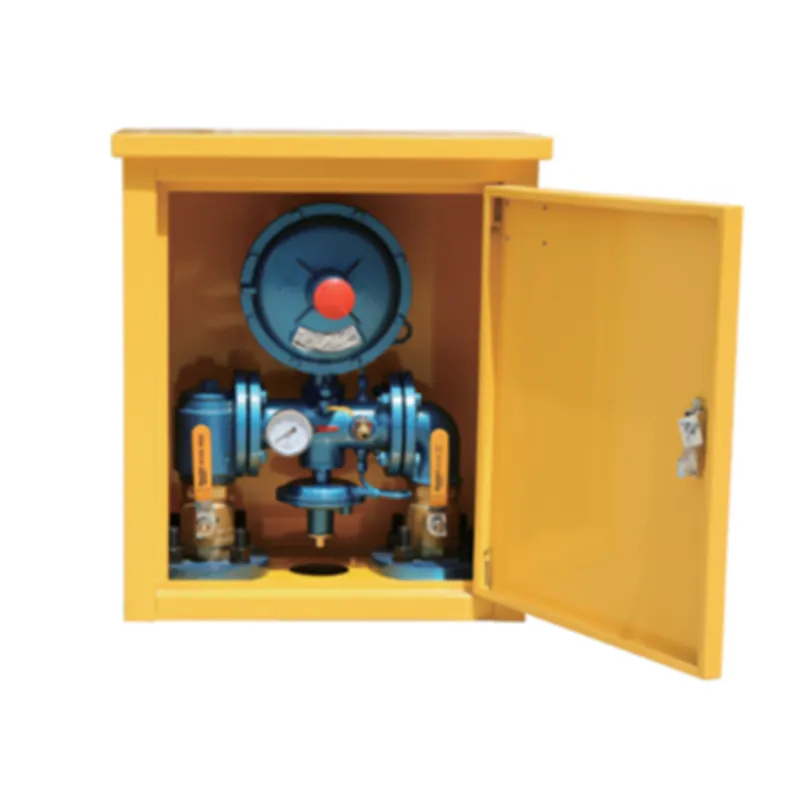
Dec . 16, 2024 11:54
Back to list
Understanding the Function and Importance of Shut-Off Valves in Plumbing Systems
Understanding Shut-Off Valves An Essential Component in Fluid Control Systems
Shut-off valves play a crucial role in the management and control of fluid flow in various industrial, commercial, and residential applications. These devices are designed to stop the flow of liquid or gas through a pipeline, ensuring safety, efficiency, and reliability in numerous processes. This article provides an in-depth look at shut-off valves, their types, applications, and importance in modern systems.
What is a Shut-Off Valve?
A shut-off valve is a mechanical device used to control the flow of fluids within a pipeline. When the valve is closed, it interrupts the flow, while opening it allows the fluid to pass through freely. Shut-off valves are commonly used in plumbing systems, heating systems, irrigation, and in various industrial processes. Depending on the design, they can be manually operated or automated for ease of use.
Types of Shut-Off Valves
1. Gate Valves Gate valves are used predominantly in applications that require minimal pressure drop and full flow when the valve is open. They operate by lifting a gate out of the flow path, making them suitable for on/off control. However, they are not designed for throttling purposes.
2. Ball Valves Featuring a spherical disc (the ball) with a hole through its center, ball valves provide reliable sealing and perform well under high pressure. They can be quickly opened or closed with a quarter turn, making them ideal for applications requiring fast shut-off.
3. Globe Valves Globe valves are designed with a spherical body and offer excellent throttling capabilities. While they can effectively manage flow rates, they may cause a pressure drop and are not typically used for on/off service when compared to gate or ball valves.
4. Butterfly Valves These valves utilize a rotating disc to control flow. They are compact, lightweight, and ideal for large-volume applications. Butterfly valves are often used in water treatment facilities and HVAC systems.
shut-off valve

5. Check Valves Although not traditionally classified as shut-off valves, check valves are essential for preventing backflow in a system. They allow fluid to flow in one direction only, ensuring systems operate safely without reverse flow.
Applications of Shut-Off Valves
Shut-off valves are used in numerous industries and applications. In residential plumbing, they are critical for controlling water supply to appliances and fixtures. In commercial settings, shut-off valves regulate heating, ventilation, and air conditioning (HVAC) systems, ensuring comfort and energy efficiency.
In industrial environments, shut-off valves are vital for managing the flow of chemicals, gases, and other fluids in processes such as manufacturing, oil and gas extraction, and wastewater treatment. They enhance safety by allowing operators to quickly isolate sections of piping in emergency situations or during maintenance.
The Importance of Shut-Off Valves
The significance of shut-off valves cannot be overstated. They enhance safety by allowing quick termination of fluid flow in case of leaks, bursts, or other emergencies, preventing property damage and environmental contamination. Moreover, by facilitating maintenance tasks, these valves reduce downtime in industrial processes.
In addition to safety and maintenance advantages, shut-off valves contribute to system efficiency. By providing precise control over fluid flow, they help optimize energy use and reduce operational costs. Ensuring the right type of valve is used in the appropriate application can lead to significant improvements in performance and reliability.
Conclusion
Shut-off valves are indispensable components of fluid control systems across various industries. Understanding the different types of shut-off valves and their applications helps engineers and operators select the right valves for their specific needs. Whether dealing with residential plumbing or complex industrial processes, investing in quality shut-off valves is crucial for safety, efficiency, and long-term operation. As technological advancements continue to improve valve design and functionality, their role in modern fluid systems will only become more significant, underscoring the need for ongoing education and awareness in this critical area.
Next:
Latest news
-
Safety Valve Spring-Loaded Design Overpressure ProtectionNewsJul.25,2025
-
Precision Voltage Regulator AC5 Accuracy Grade PerformanceNewsJul.25,2025
-
Natural Gas Pressure Regulating Skid Industrial Pipeline ApplicationsNewsJul.25,2025
-
Natural Gas Filter Stainless Steel Mesh Element DesignNewsJul.25,2025
-
Gas Pressure Regulator Valve Direct-Acting Spring-Loaded DesignNewsJul.25,2025
-
Decompression Equipment Multi-Stage Heat Exchange System DesignNewsJul.25,2025

